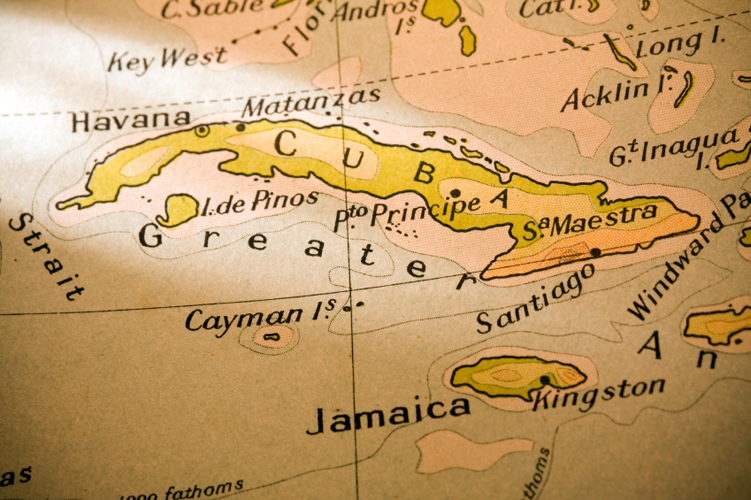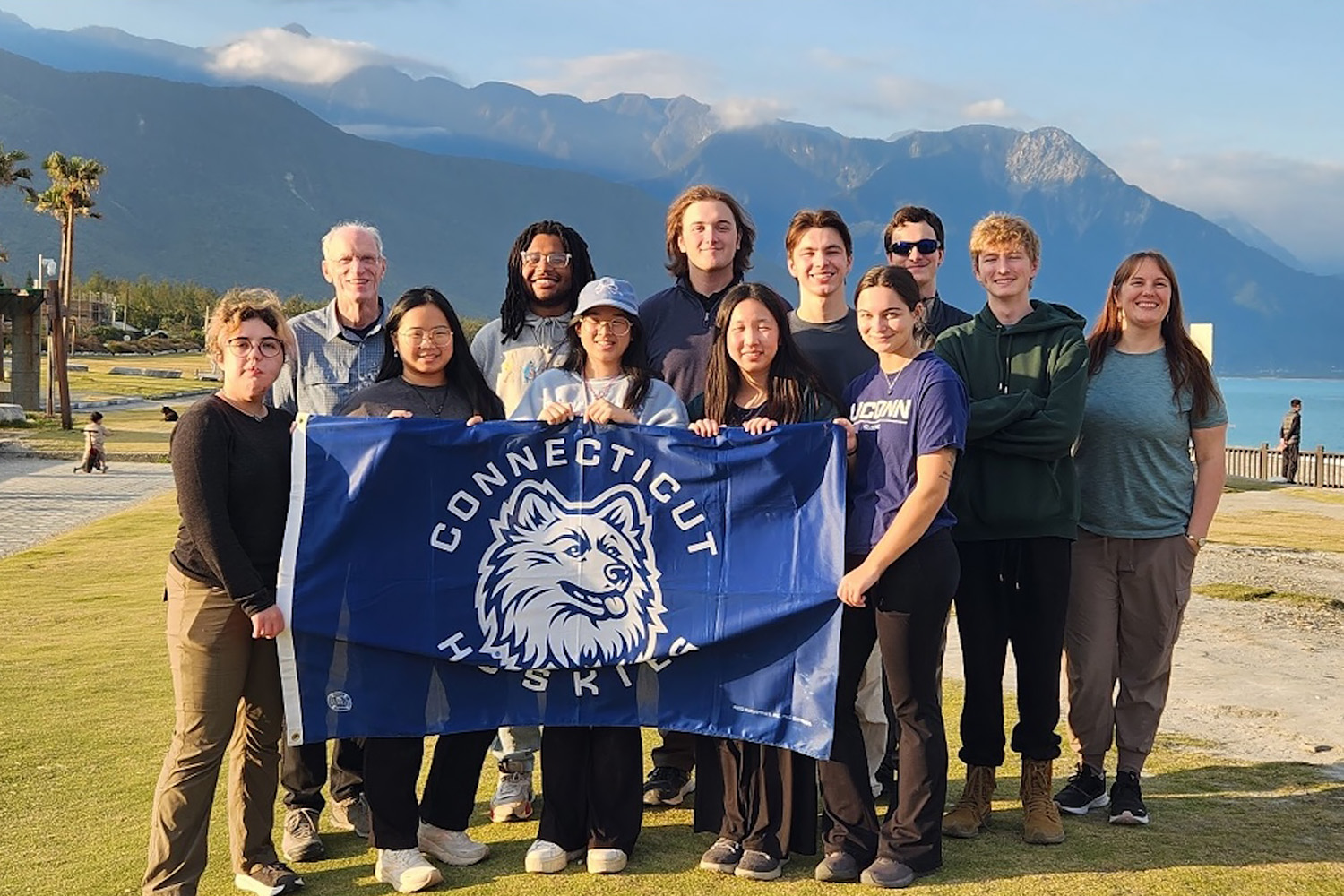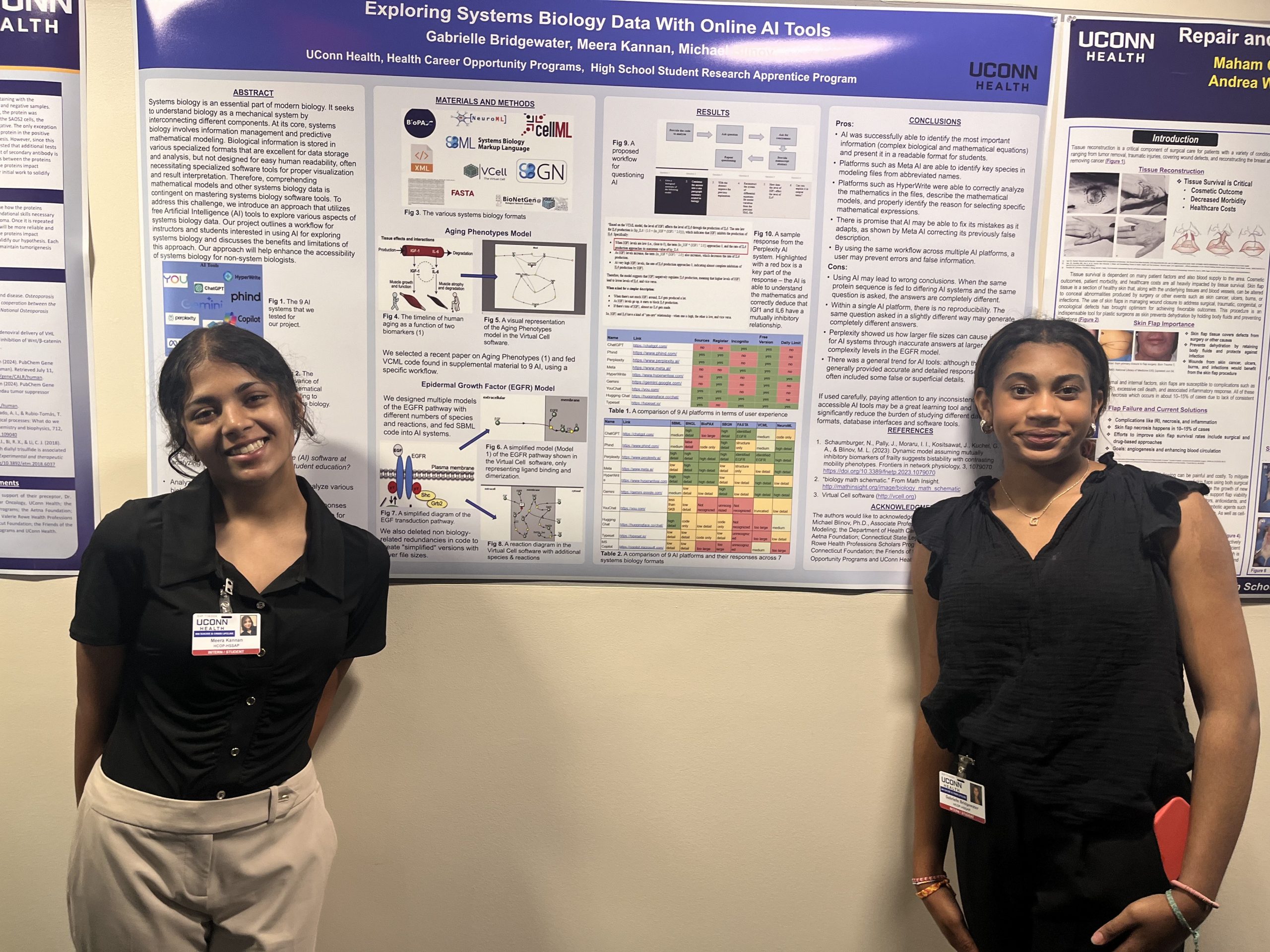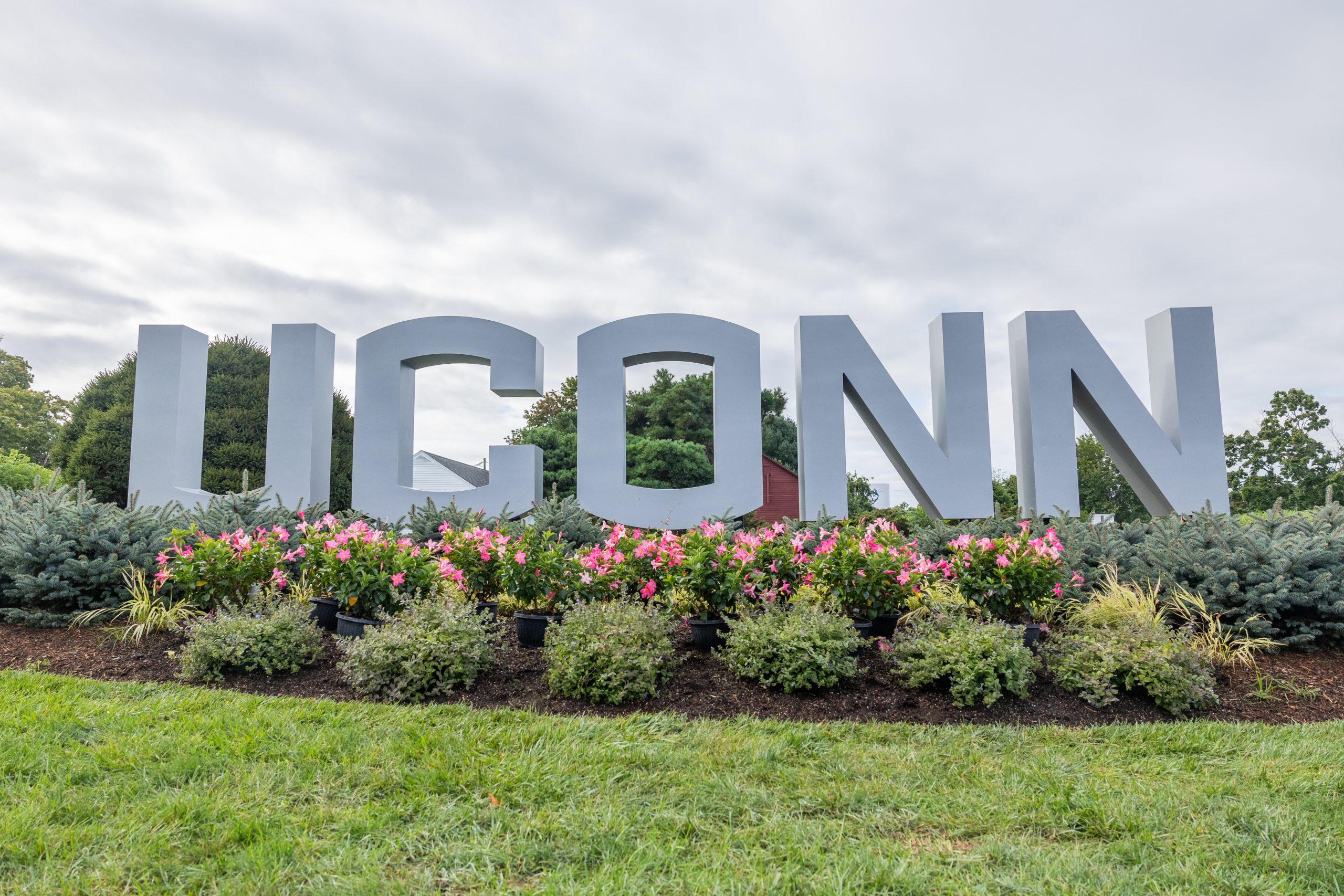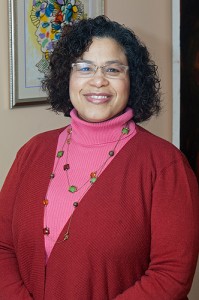
Black activism in the U.S. is often associated with the Civil Rights movement, with legislation and demands for changes in laws.
But just 90 miles from the southern tip of Florida, black activism in Cuba took an entirely different path. Historian Melina Pappademos is one of a small group of scholars who study the experiences of blacks in Cuba and relate them to the larger, growing field of African diaspora studies.
Cuba’s black population accounted for about a third of the electorate during the country’s republican period, covering much of the 20th century, the period that Pappademos studies.
She has found that blacks in Cuba worked within a strong patronage system to access power and that, like other people of African descent in the Caribbean, they identified with a global black culture, forging connections with blacks in the U.S., Brazil, and elsewhere.
“That’s how they survived – they saw the uniqueness of their experience as Cubans but also saw connections beyond their national boundaries,” she says.
Pappademos, an assistant professor of history in the College of Liberal Arts and Sciences, has held fellowships from the Ford Foundation and Harvard University’s W.E.B. DuBois Institute for African and African American Research, as well as a Fulbright-Hayes fellowship for research in Cuba. Last fall she published her first book, Black Political Activism and the Cuban Republic (University of North Carolina Press).
She currently holds a National Research Council-Ford Foundation postdoctoral fellowship to work on a second book about Cuba’s racial history.
Patronage power
In Cuba, political structures in the early 20th century republic retained some of the flavor of the patronage system that was a legacy of Spain’s rule. Governor-captains general representing the Spanish crown in Cuba had ruled with near impunity for hundreds of years, staffing government with their loyalists and extorting money from locals, Pappademos explains.
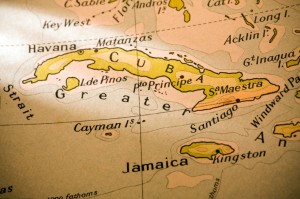
After Cuba’s third war of independence from Spain (1895-1898) was successful, the ex-colony’s early political structure still reflected that “monarchal culture,” where knowing the right person in government was the way to tap into resources and power.
Even though the constitution of 1902 extended voting rights to all Cuban males, regardless of race, the deeply rooted patronage culture trapped black men between the exercise of the vote and their ability to manipulate the existing system.
In the Cuban context, black activists were an elite group who knew influential people and could lobby them to get a public works contract or to get someone’s child into the best school. Activists were very self-interested, but self-interest was their surest path to obtain even a small amount of resources and power.
“Racial consciousness often took a back seat to political pragmatism,” Pappademos has written.
Black social and political clubs formed to bolster their members’ connections to politicians who could provide them with opportunities, and they were used to enhance black voters’ political prowess.
U.S. influence
The situation was complicated by the U.S. role. While the U.S. only joined Cuba’s War of Independence (which we know as the Spanish-American War) in its final months, it leveraged its position to have a dominant role in Cuba for much of the 20th century. U.S. interests bought huge tracts of land in eastern Cuba, establishing primarily sugar but also coffee and citrus businesses. That “made it hard for Cubans to have a domestically controlled economy,” she says. “The U.S. had undue influence in Cuban affairs.”
After World War I, the price of sugar dropped dramatically, upending the island economy. This was followed by the 1929 Stock Market crash in the U.S., which devastated Cuba’s economy. As much as 75 percent of the population suffered salary reductions or outright unemployment. The crisis also mobilized workers. In a 1933 revolution, a labor strike shut down the island. After the revolution, Fulgencio Batista eventually gained power as a populist, although he would later become a brutal dictator.
The book that Pappademos currently is writing examines the role of race in the period between the 1933 revolution and 1959, when another revolution put Fidel Castro in power. Much has been written about race in the U.S., she says, and so little, comparatively, about the role of race in Cuba.
Historically, as Cubans have shifted their politics and culture, they have looked to the U.S. as a model for what it means to be modern, she says. During the late colonial period, American baseball replaced Spanish bullfighting. In the mid-20th century, laundry detergent, Kleenex, movie stars, and fashions popular in the U.S. emerged in Cuban culture. Among elite, activist blacks, a Booker T. Washington Institute was established in Havana soon after the birth of the Cuban nation in 1902.
Even the black activists who clung to power as the patronage system declined were apt to feature in their periodicals the work of American poet Langston Hughes.
Facets of activism
Pappademos became interested in Cuba’s black history and culture in 1994, early in her graduate career. She earned a master’s degree at the University of Illinois and a Ph.D. at New York University. She has traveled frequently to Cuba, usually through the Bahamas. Although she has many close contacts there, she says that Cuba’s social and political complexity make it difficult to determine what is in store for the island’s future.
While she has found that black activism in Cuba differed greatly from activism in the U.S., it was U.S. black activism that first piqued her interest. The turbulence of the 1960s eclipsed her childhood, she says.
“I was young enough not to be marching or rallying, but old enough to be aware of why so many were spurred to action. I have spent a lot of my life trying to understand these issues – how power and race function,” she says.
